A breakthrough gadget could help you detect microplastics in your drinking water

We all know that staying hydrated is essential for our health, but what if the water we drink contains tiny pieces of plastic?
Recent studies have revealed that microplastics are present in drinking water sources around the world, raising significant concerns about their potential health impacts.
As awareness of this issue grows, many people are left wondering just how much microplastics they might be consuming daily.
GET SECURITY ALERTS, EXPERT TIPS – SIGN UP FOR KURT’S NEWSLETTER – THE CYBERGUY REPORT HERE
Drinking water poured into glass (UBC)
What are microplastics, anyway?
Microplastics are defined as tiny plastic particles that measure less than 5 millimeters in size. These minuscule fragments originate from various sources, which include the breakdown of larger plastic items that have been discarded, microbeads found in personal care products like exfoliating scrubs, synthetic fibers that shed from clothing during washing and even tire particles that are released from vehicles and washed into storm drains. Once in our waterways, these tiny plastics can eventually make their way into our drinking water, posing a hidden threat to our health.
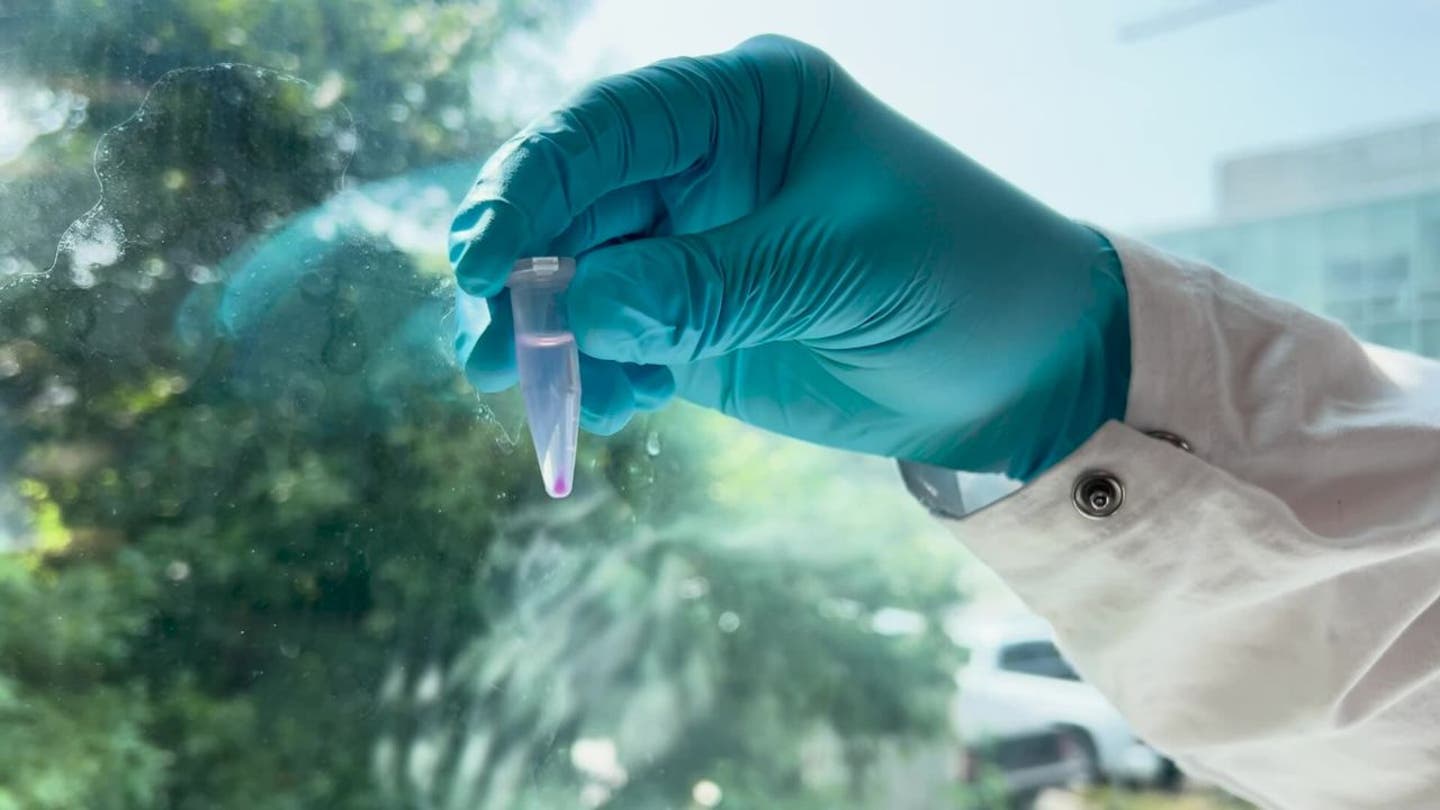
THE SIX-WHEELED ROBOT CHECKS OUT DANGEROUS SITUATIONS SO HUMANS DON’T HAVE TO
How much plastic are we actually drinking?
Research has shown that microplastics can be found in both tap water and bottled water, with concentrations varying widely depending on the source. Studies indicate that microplastic levels in bottled water tend to be higher than those found in tap water. Concentrations can range from a mere 0.0001 particles per liter to a staggering 930 particles per liter in tap water. These findings raise alarming questions about the safety of the water we consume daily, as reusable plastic bottles may release even more microplastics than single-use bottles.
HOW TO REMOVE YOUR PRIVATE DATA FROM THE INTERNET
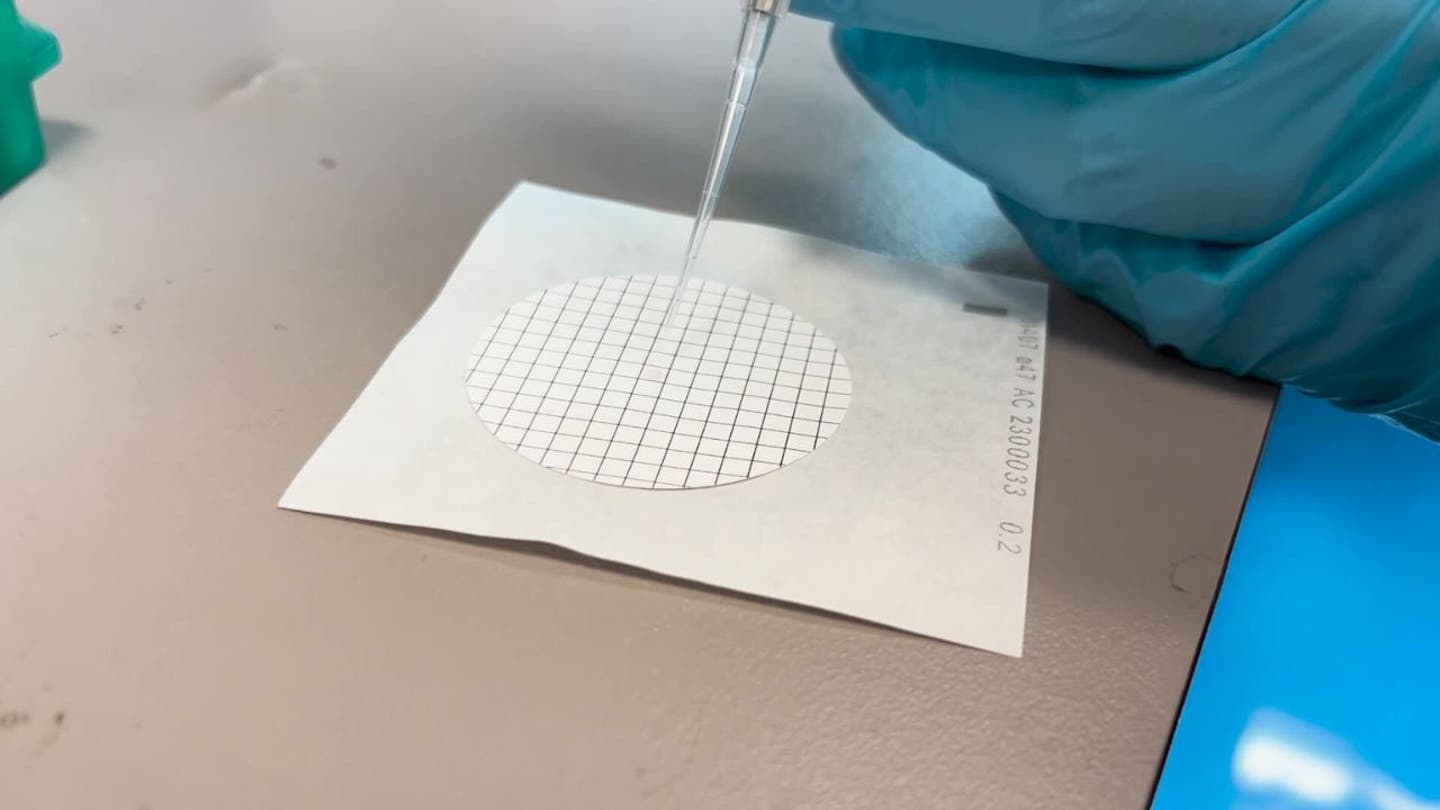
AUTONOMOUS TRASH-GOBBLING ROBO BOAT WAGES WAR ON WATERWAY WASTE
Should we be worried?
The health implications of ingesting microplastics are still being studied, and while there is limited evidence of direct harm from the particles themselves, there are growing concerns about the chemicals and additives that are often found in plastics.
Additionally, harmful microbes may hitch a ride on these tiny particles, further complicating the issue. Experts are particularly worried about the potential for these particles to accumulate in our bodies over time, leading to unknown long-term health effects.
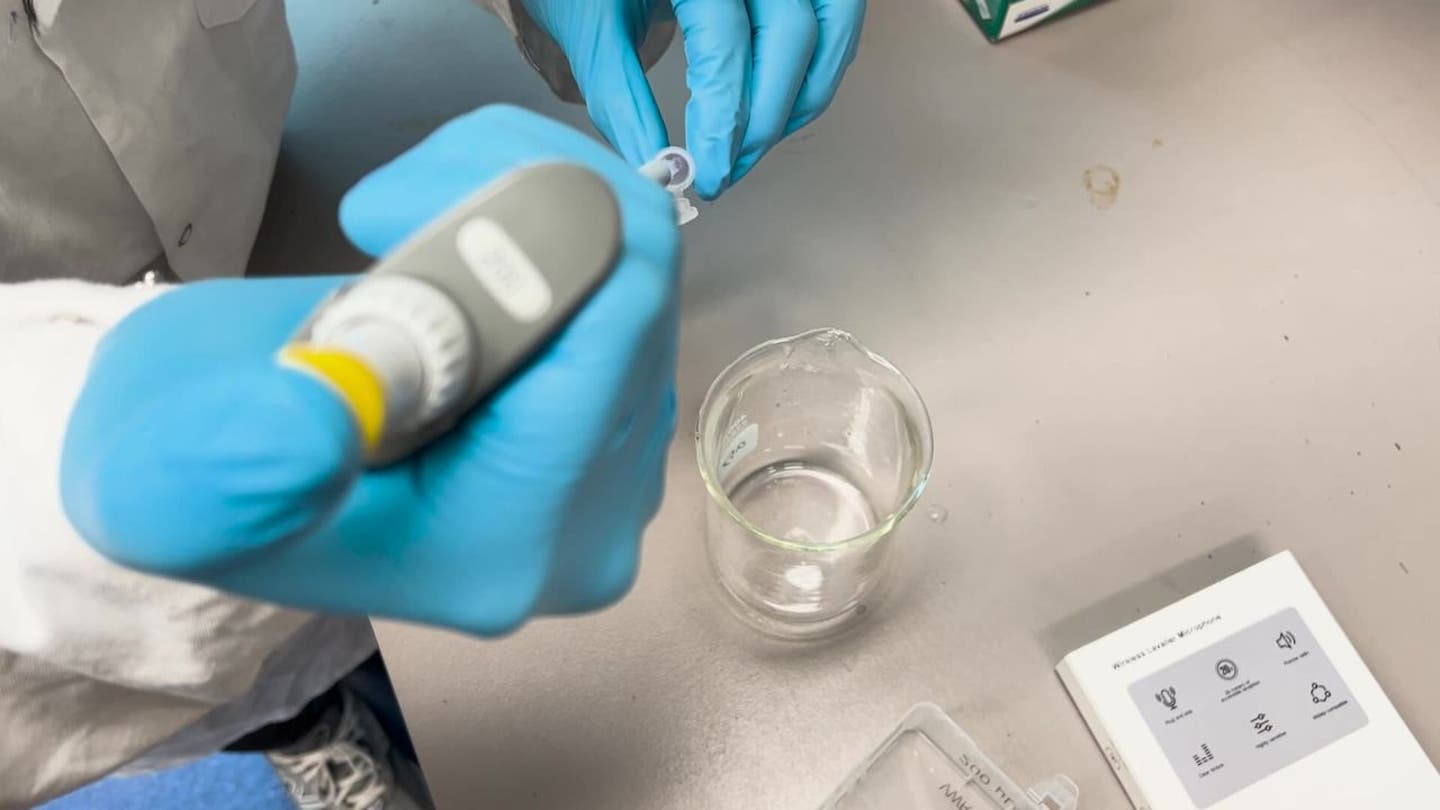
Researcher testing water (UBC)
THE TROUBLING TRUTH ABOUT OUR COUNTRY’S RECYCLING PROGRAMS
A breakthrough in microplastic detection
Until recently, detecting microplastics in water samples required expensive lab equipment and trained technicians. However, researchers at the University of British Columbia (UBC) have developed a game-changing tool to address this issue. Dr. Tianxi Yang and his team have created a small, portable device that can accurately measure microplastics in water samples within minutes.
The innovative tool consists of a 3D-printed box containing a wireless digital microscope, a green LED and an excitation filter. It works in conjunction with a smartphone app that uses machine learning to analyze images from the microscope. The device requires only a tiny amount of water — less than a drop — mixed with a special solution that makes microplastics fluoresce under green light.
In tests using disposable polystyrene cups, the UBC team found that each cup released “hundreds of millions” of nano-sized particles into just 50 milliliters of water. This discovery highlights the prevalence of microplastics in everyday items and the potential for significant exposure through drinking water.
WHAT IS ARTIFICIAL INTELLIGENCE (AI)?

Portable device measures microplastics in water samples (UBC)
Implications for public health
The development of this low-cost, portable tool could revolutionize our understanding of microplastic pollution in drinking water. It allows for quick, cheap detection of plastic particles ranging from 50 nanometers to 10 microns in size — particles too small to be seen by the naked eye.
GET FOX BUSINESS ON THE GO BY CLICKING HERE
Dr. Yang emphasizes the significance of this breakthrough:
“The breakdown of larger plastic pieces into microplastics and nanoplastics presents significant threats to food systems, ecosystems and human health. This new technique allows quick, cheap detection of these plastics, which could help protect our health and ecosystems.”
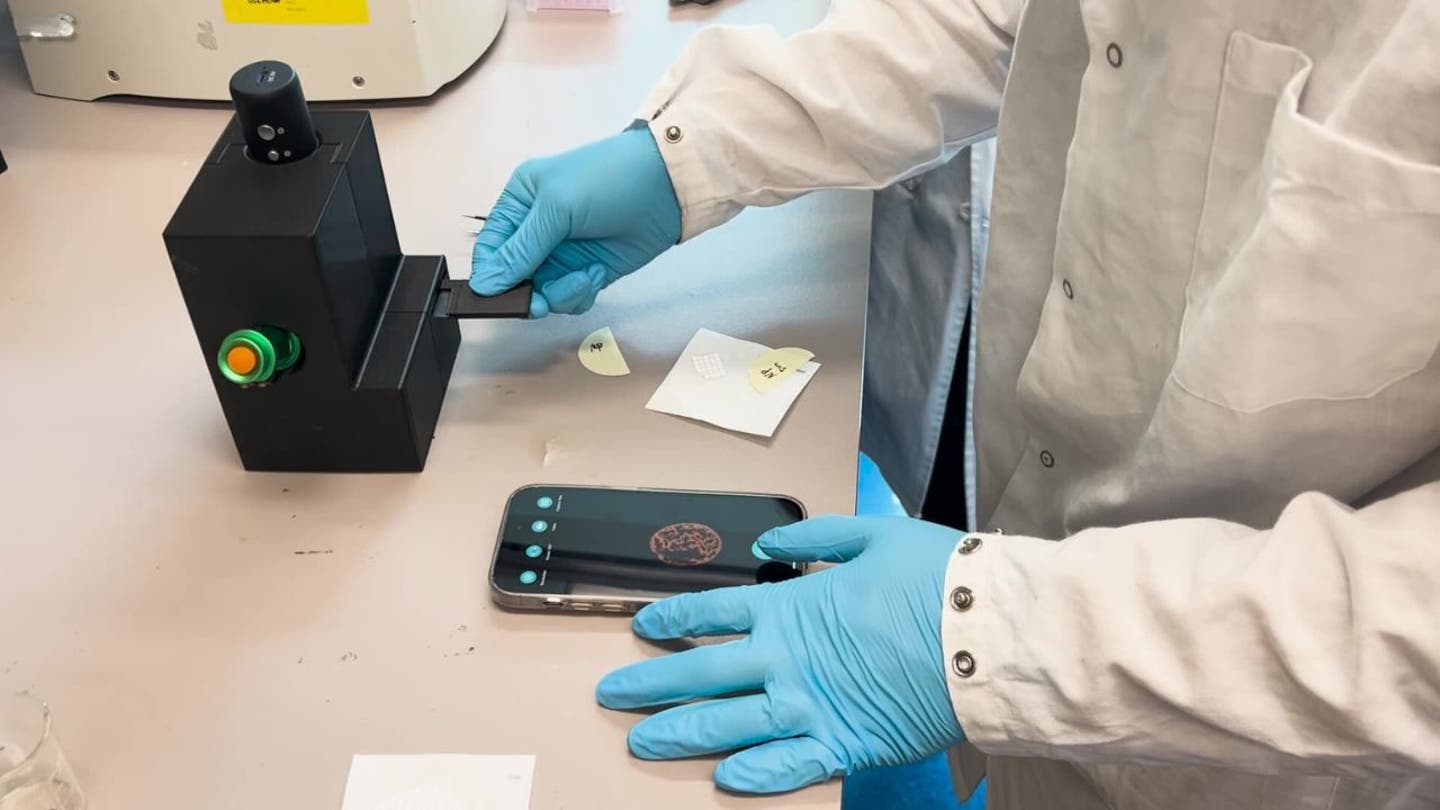
Portable device measures microplastics in water samples (UBC)
SUBSCRIBE TO KURT’S YOUTUBE CHANNEL FOR QUICK VIDEO TIPS ON HOW TO WORK ALL OF YOUR TECH DEVICES
What can we do?
While research on the health impacts of ingesting microplastics is ongoing, there are steps we can take to reduce our exposure. One effective measure is to consider using a water filter designed to remove microplastics. Additionally, opting for tap water over bottled water whenever possible can significantly decrease your plastic consumption. It is also important to reduce your use of single-use plastics in everyday life, as this will help decrease overall plastic pollution in our environment. Dr. Yang also emphasizes the importance of developing biodegradable packaging materials to replace traditional plastics, moving toward a more sustainable world.
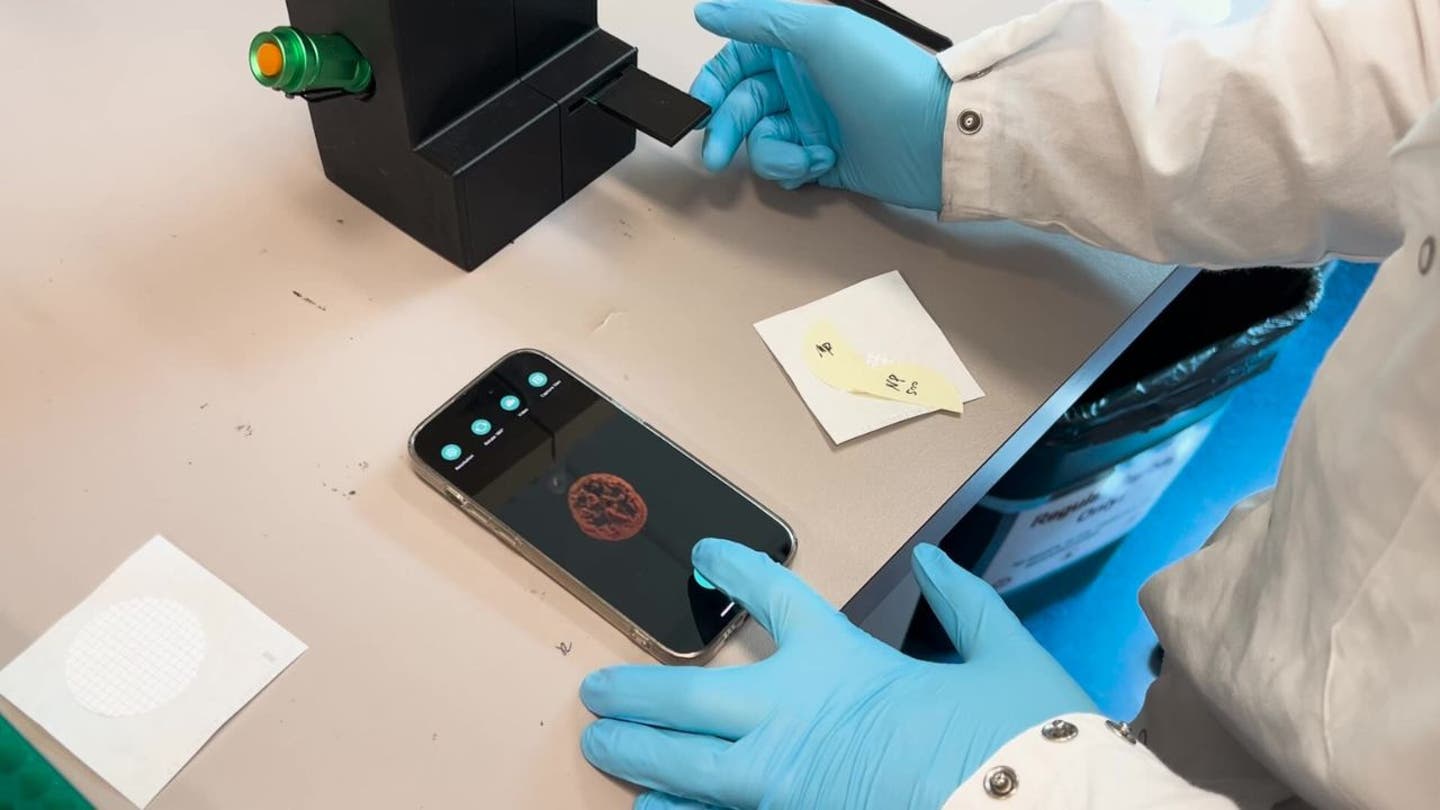
Portable device measures microplastics in water samples (UBC)
Kurt’s key takeaways
As we continue to learn more about microplastics in our drinking water, tools like the one developed at UBC will be crucial in understanding and addressing this growing environmental and health concern. By staying informed and making conscious choices, we can work toward reducing our exposure to microplastics and protecting both our health and the environment.
CLICK HERE TO GET THE FOX NEWS APP
What role should government regulation play in shaping the development and use of emerging technologies like this? Let us know by writing us at Cyberguy.com/Contact
For more of my tech tips and security alerts, subscribe to my free CyberGuy Report Newsletter by heading to Cyberguy.com/Newsletter
Ask Kurt a question or let us know what stories you’d like us to cover
Follow Kurt on his social channels
Answers to the most asked CyberGuy questions:
New from Kurt:
Copyright 2024 CyberGuy.com. All rights reserved.




